

James Wong
2026 Audi Q5 review: Quick drive
5 Days Ago

Senior Contributor
Suzuki has dusted off one of its most iconic badges, by relaunching the Grand Vitara SUV.
However, there’s no guarantee that Australia’s army of Grand Vitara drivers will soon have a readymade replacement.
The vehicle revealed today is initially for India, and is called the Maruti Suzuki Grand Vitara – Maruti Suzuki being the dominant car brand in the world’s second-most populous country.
With that being said, Suzuki Australia is exploring ways to get a version of the reborn Grand Vitara for this market – and having previously sourced the now-axed Baleno from India, there’s a precedent there.
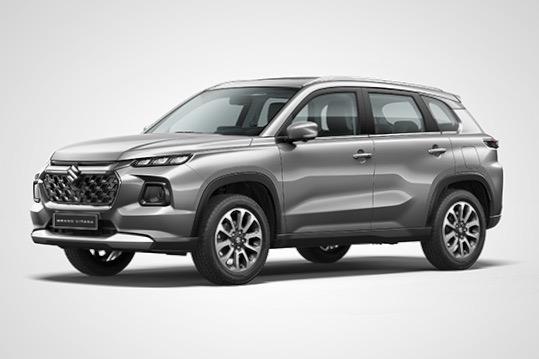
Suzuki’s Indian operation is the brand’s engine room from a volume perspective, and much of the company’s development and production focus is devoted to this region, where it beat most competitors to market.
In addition to sales in India, the Grand Vitara is also set to be exported to markets including Africa, suggesting a focus on developing regions.
Toyota sells an already-revealed version of the Grand Vitara, called the Urban Cruiser Hyryder, also made in and for the rapidly expanding Indian market. The deal saw Suzuki develop the cars, but Toyota will produce them.
The two companies are tightening their cooperation in the subcontinent, and also in Europe with some badge-engineered products that help Suzuki meet emissions targets.
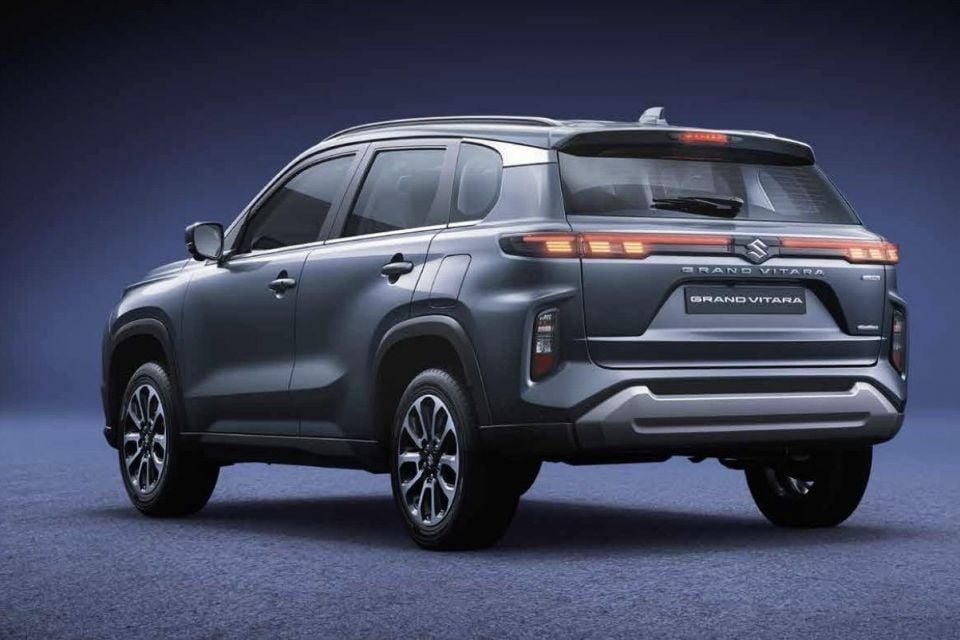
What is the new Suzuki Grand Vitara?
At 4345mm long, it’s actually quite diminutive. The last Grand Vitara (sold in Australia between 2005 and 2018) measured 4500mm long in five-door guise.
It’s about the same size as the new Suzuki S-Cross, which arrives in Australia this September and will be produced in Hungary alongside the smaller Vitara (4175mm long). So arguably, we aren’t missing much bar the famous badge.
It offers an electronically controlled ‘AllGrip’ all-wheel drive system with a 50:50 centre-locking mode plus three modes called Auto, Snow and Sport that alter throttle response and traction control to suit specific types of surfaces.
The old Grand Vitara was unusually apt off-road for its segment, and came with low-range – something that is no longer on the menu. Suzuki leaves that function to the Jimny, which will soon be launched in longer five-door form.

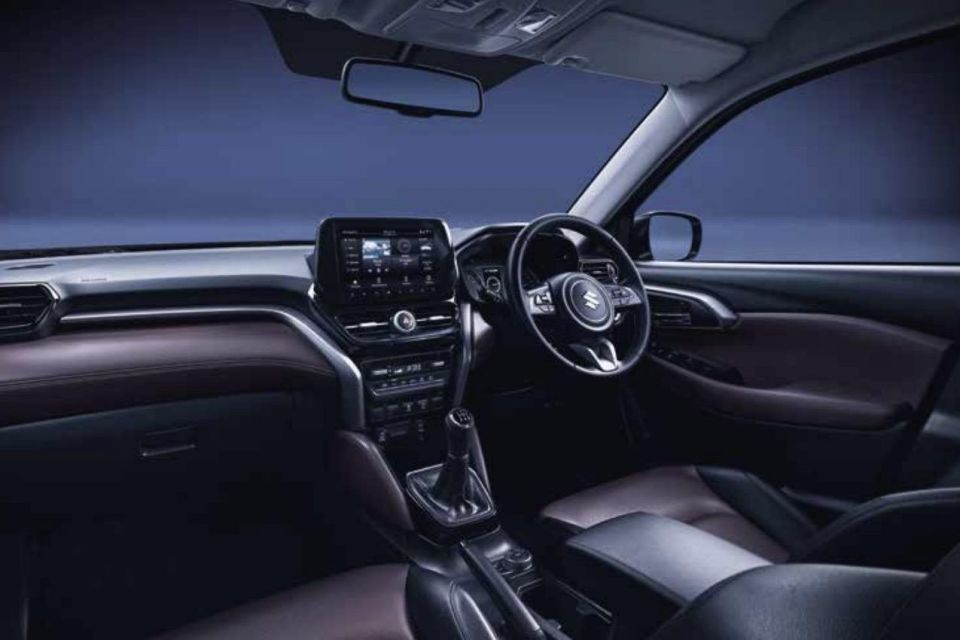

Two engines are listed: a 76kW and 137Nm 1.5-litre petrol with 12V battery (hence it’s called a mild hybrid); plus a ‘proper’ 1.5-litre hybrid pairing the petrol engine with a 59kW and 141Nm electric motor and 178V battery, for a peak system power output of 85kW.
That latter engine appears to be the same setup used in the Australia-market Toyota Yaris Cross hybrid. Maruti Suzuki cites fuel consumption as low as 3.6L/100km.
Available features include a 9.0-inch touchscreen with wireless Apple CarPlay and Android Auto, app-based remote connectivity, a digital cluster, panoramic sunroof, head-up display, wireless charger, and ventilated seats.
In terms of safety it comes with a 360-degree camera option, plus six airbags (front, side and curtain). However there’s no mention of driver-assist functions such as autonomous emergency braking, which would need to be rectified for any potential Australian launch.

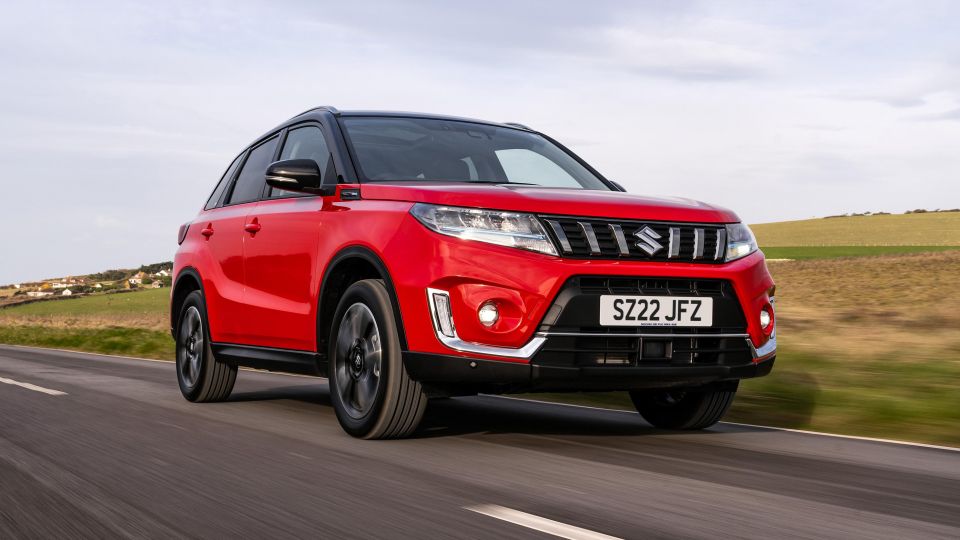
Where expert car reviews meet expert car buying – CarExpert gives you trusted advice, personalised service and real savings on your next new car.


James Wong
5 Days Ago


James Wong
5 Days Ago


Max Davies
4 Days Ago


Josh Nevett
2 Days Ago


Max Davies
2 Days Ago
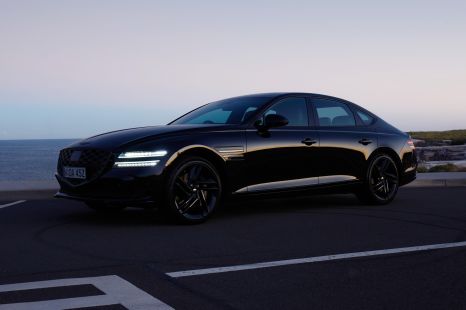

William Stopford
23 Hours Ago